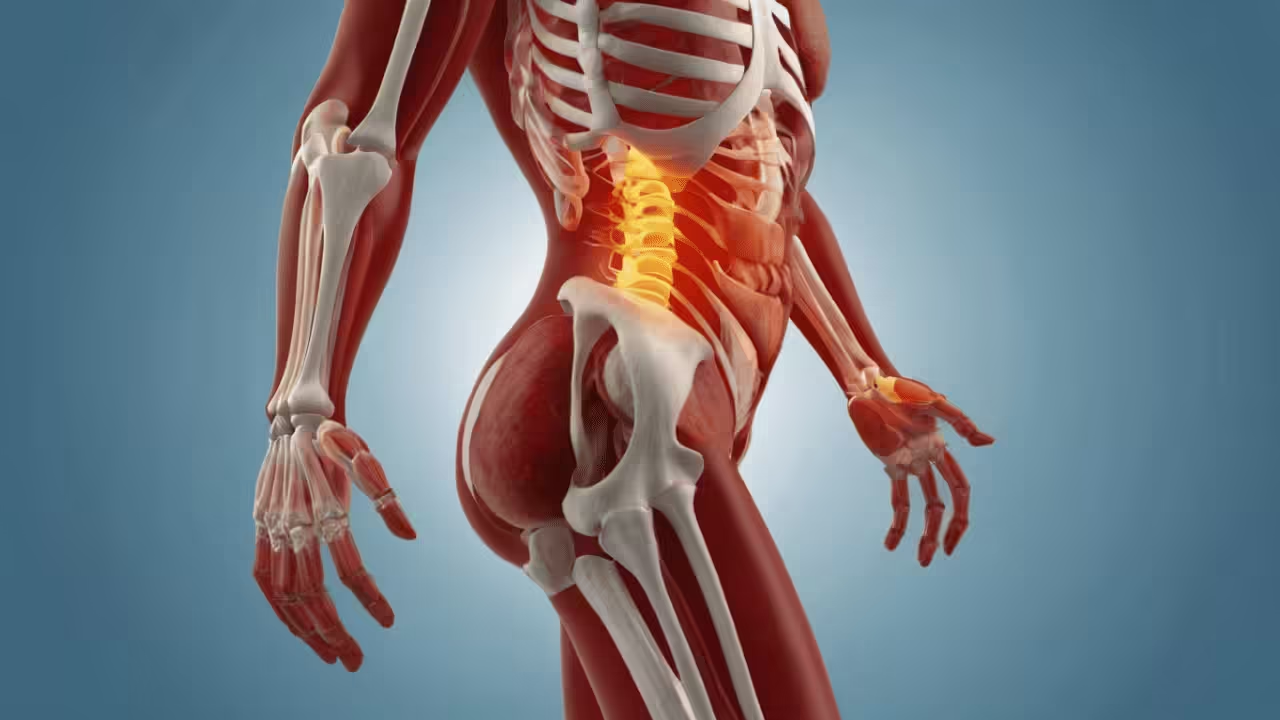Understanding the Common Causes of Joint Pain and How to Address Them
Understanding the Common Causes of Joint Pain and How to Address Them Common Causes of Joint Pain Joint pain is a common condition that can be caused by many factors. Some of the common causes of joint pain include arthritis, overuse, injury, aging, inflammatory conditions, genetics, excess weight, lack of exercise, and certain medications. Understanding


